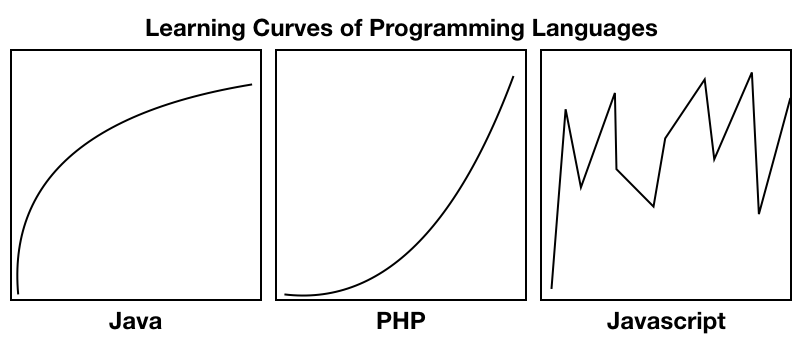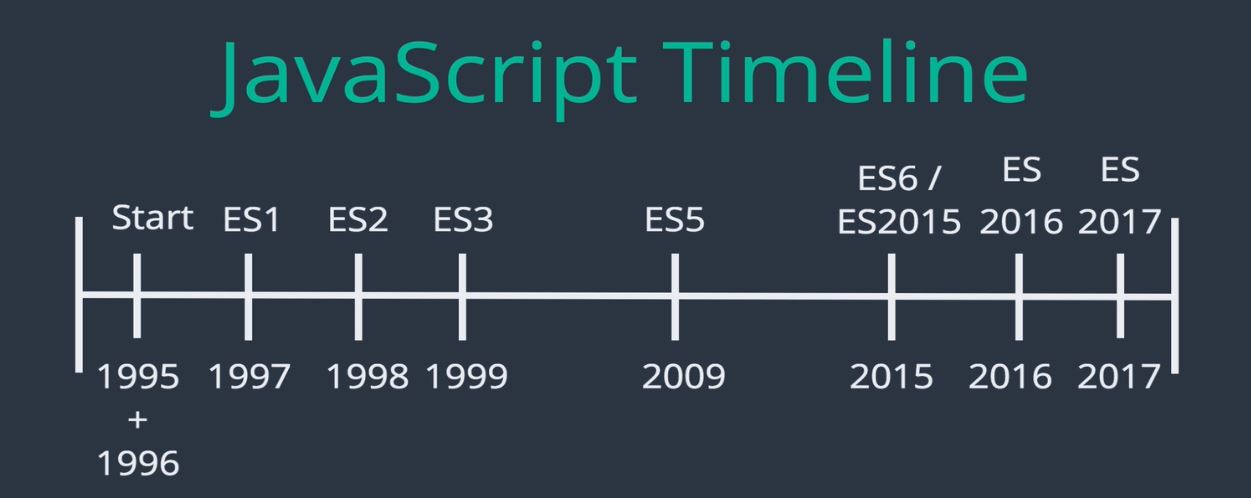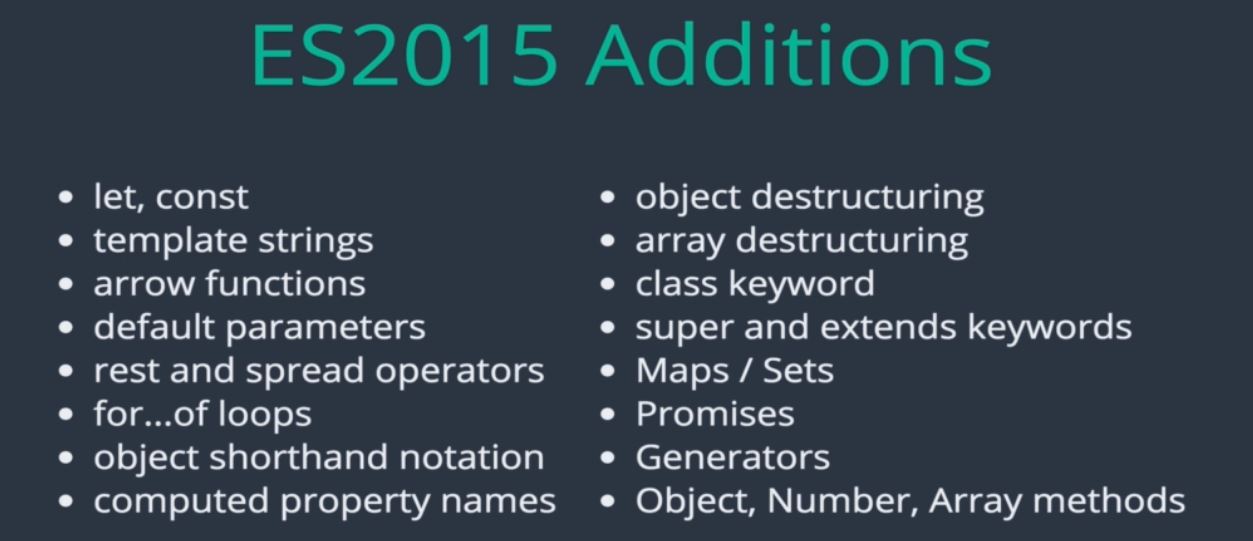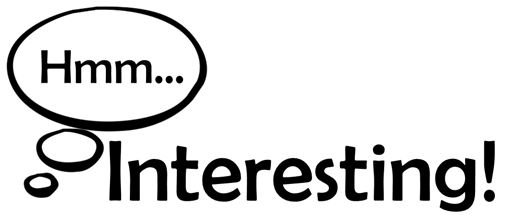JavaScript
Learn & Practice
Learn & Practice


In this part of the HTML5 course you will learn and practice JavaScript
language.
JavaScript is exciting language. However ...
JavaScript is hard to learn because it seemingly violates a ton of the rules you’ve previously learned while working with a different programming language.
So, if you’re new to coding and feeling overwhelmed by JavaScript, know that you are not alone.
Why? JavaScript is the required language for Web programming.
It is
one of the three core technologies of Web development:
HTML is used to describe the content, CSS is used for presentation, JavaScript is used for interactivity.
JavaScript makes it possible to make HTML document dynamic, meaning you can change the HTML
document while it is being displayed in the browser.
Frameworks/libraries like React and Angular are 100% based on JavaScript. You must to master
JavaScript before you start using such frameworks/libraries.
Some Facts


ECMAScript is the scripting language on which JavaScript is
based (ECMA = European Computer Manifacturers Association). In 2009
ECMAScript 5 (ES5) was released. All modern browsers support ES5. From 2015 new
versions of ECMAScript specifications are released yearly. ES6 (ECMAScript
20015) is a major upgrade to JavaScript. It adds many new features. Most modern browsers support
it.
Look in:

If browser doesn't support some feature (it include also html/CSS features), instead of using Babel, you can add a polyfill to support it. A polyfill is a normal JavaScript library that adds a feature if it's missing. You can also use for example a polyfill service like polyfill.io, which detects the browser being used and sends back only the polyfills that person’s browser needs. Include it by:
<script src="https://polyfill.io/v3/polyfill.min.js"><script>
<script>
// Your scripts...
</script>
It is easy to learn fundamentals in ES5 and then update to ES6+. Here we will cover the basics of ES5. Some of the ES6 features will be demonstrated.
It is assumed that you are familiar with C or Java language (and object oriented concepts). Pay attention that like the C language, JavaScript is case-sensitive language.
Go to the next lesson in this lecture by pressing the right arrow on the bottom-left side of this page. You will see there the ways to place JavaScript in your document. Then you can start learning the basics of the JavaScript language. For advanced features look at the full guides on MDN, or other sites.
You will learn JavaScript by examples. Most of the pages are interactive - you can choose some predefined options from the lists. Then, you are free to change the codes or write your own to explore various options and to see live preview of your changes.
In many demos console browser window is used to see the results of the demos. One of the ways to open this window in Chrome is to use F12.
In most of the demos we omit the document structure in the HTML Code window. We assume:

For the complete references, see the links in the 'Sites' tab on the top menu.
Enjoy learning JavaScript!